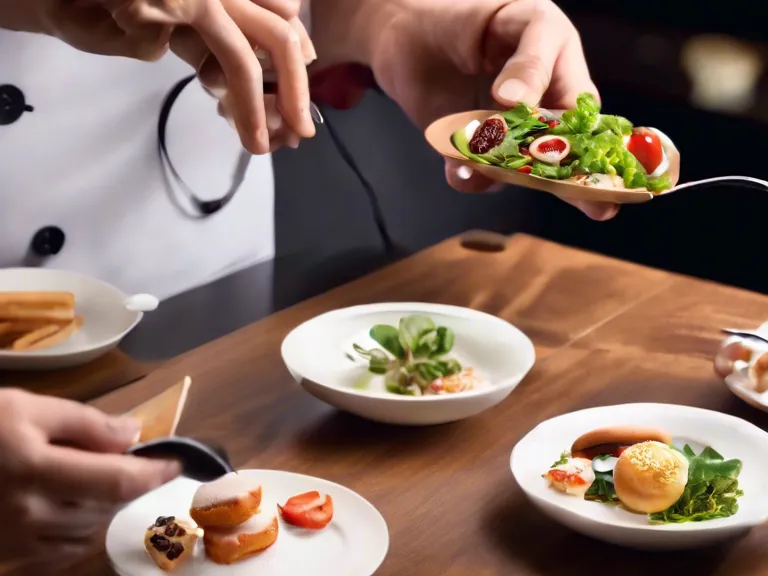
In recent years, food tech has revolutionized the way we dine, from online food delivery services to advanced kitchen gadgets. As technology continues to evolve, so do the trends shaping the future of dining. From virtual restaurants to personalized nutrition, innovation is at the forefront of the culinary world. Let's take a look at some of the top food tech trends that are influencing the way we eat.
One of the most exciting trends in food tech is the rise of virtual restaurants. These are eateries that exist solely online, operating out of commercial kitchens or shared spaces. Virtual restaurants are able to offer a wider range of cuisines and dishes without the constraints of a physical location. By leveraging technology and data analytics, these restaurants can tailor their menus to cater to specific preferences and dietary restrictions.
Another trend that is gaining popularity is personalized nutrition. With advancements in genetics and AI, companies are now able to offer personalized meal plans based on an individual's unique genetic makeup. This approach not only enhances health and wellness but also offers a more tailored dining experience.
Food waste reduction is also a major focus in the food tech industry. Apps and platforms are being developed to help restaurants and consumers better manage their food inventory and reduce waste. From surplus food redistribution to composting programs, these innovations are helping to create a more sustainable food system.
The integration of robotics and automation in the kitchen is another trend that is transforming the restaurant industry. From robot chefs flipping burgers to automated food preparation systems, these technologies are streamlining operations and improving efficiency. This not only reduces labor costs but also ensures consistency in food quality.
Lastly, the concept of ghost kitchens is shaping the future of dining. These are delivery-only kitchens that operate out of larger commercial spaces, focusing solely on takeout and delivery orders. By eliminating the need for a physical dining space, ghost kitchens are able to offer a wider variety of cuisines and minimize overhead costs.
Overall, food tech trends are reshaping the way we eat and dine. Whether it's through virtual restaurants, personalized nutrition, food waste reduction, robotics in the kitchen, or ghost kitchens, innovation is driving the future of dining.


